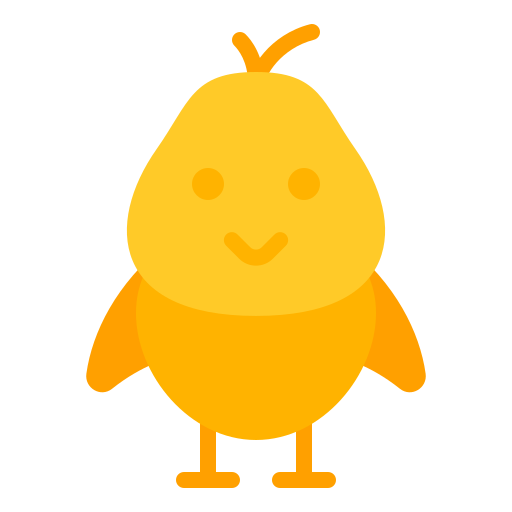Tutorly
Tutorly is a passion project created to bridge the education gap for students in smaller cities who may lack access to qualified teachers nearby. Designed to support both on-site and online learning, Tutorly makes it easy to connect with trusted tutors based on subject, location, or interest.
Tutorly is a self-initiated UX/UI case study aimed at improving access to quality education for students in underrepresented or remote areas. The project began with a simple question: How might we help students connect with qualified tutors when options nearby are limited?
This project allowed me to apply user-centered design principles, leverage my background in data analysis and explore the intersection of education and technology to solve a real-world challenge I care deeply about.
Project Overview
Understanding the user
Goal: to better understand the challenges students face when seeking tutoring
Summary: I conducted user interviews with high school and university applicants, complemented by secondary research from online forums, educational platforms, and government education reports. Initially, I assumed the main issue was cos, however, the research revealed that access, convenience, and transparency were far bigger concerns especially in smaller provinces. These insights shifted the focus of my design toward creating a centralized, easy-to-use platform that connects students with tutors based on location, availability, and learning style.
Pain Points:
Persona and user journey map: I created 2 personas to reflect a different lifestyles based on my research
Wireframe and Prototype
Paper Wireframes
I really enjoy the wireframe phase. it’s where I can quickly explore and translate ideas into visual form. It helps me compare different layout styles and assess what feels both intuitive and functional. For this project, I created paper wireframes to experiment with user flows for booking a tutor session.
To gather early feedback, I shared my wireframes with friends and asked how they would imagine using an app to find and schedule time with a tutor. Their responses gave me valuable insight into user expectations and pain points. This process taught me the importance of testing assumptions early and designing with real user behaviors in mind.
High-fidelity
Personalized browsing experience
We designed the home screen to feel welcoming and informative. Using a swipeable banner, location-based suggestions, and categorized content like Trending and Best Rated, we made it easy for users to discover tutors that match their needs right from the start.
Focused, flexible search flow
The advanced search page allows users to filter by session type, subject, location, and time. With intuitive filters and clear visual hierarchy, users can efficiently find relevant tutors without feeling overwhelmed.
Clear and engaging tutor profiles
Each profile displays key details at a glance — from ratings and subjects to pricing and availability. Actionable buttons like Book Now and View Schedule help users move forward quickly, while a customizable banner adds personality to each tutor’s space.
Direct communication
We enabled quick access to messaging through a bottom navigation tab. This fosters easy communication between students and tutors, supporting trust and flexibility in planning sessions.
Simple, intuitive navigation
I used a hamburger menu to keep the interface clean while still giving users quick access to key sections like settings, saved tutors, and support. It declutters the screen and supports a focused learning experience.
Personalized profiles and celebrating milestone
The account profile page gives users a snapshot of their learning journey. A motivational badge system adds gamification to boost engagement.
Smooth session booking
After confirming a tutor, users land on a booking summary page showing time, location, and credit use. This reinforces confidence before finalizing and sets expectations clearly.
Reflection on Project
Learning through iteration
This project taught me the value of testing early and often. I created wireframes quickly to explore layout and interaction ideas, and gathered informal feedback from friends to understand what features really mattered. That process helped me refine my design thinking and reminded me how important it is to balance visual clarity with functionality.
Forward Thinking
Though this is a passion project, I approached it as if it were a product ready to go live. I considered not just what students need, but how the platform might support tutors and scale sustainably. I wanted Tutorly to be more than just a matching tool like something that could empower both sides of the learning experience.
Designing with purpose
When I began working on Tutorly, I was driven by the idea of solving a real-world problem ( limited access to quality tutors in smaller cities in my country is real!). I focused on creating a user experience that felt intuitive and supportive that could easily mirror how students might naturally search, compare, and connect with tutors in person.
In a future iteration…
Having a confirmation page before booking for users to review
Adding tutor’s picture of booking confirmation page
Be even more gamified! Design it like a dating app
Having onboarding survey and guided experience during their first time set-up










